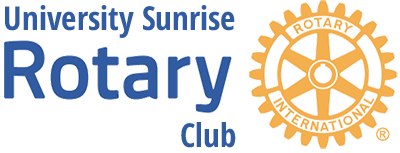
On January 12th, a zip-fast lesson in NW geology was rendered by Dr. Donn Charnley, Professor Emeritus at Shoreline Community College.
Some of the facts expressed in his talk were:
- Lithosphere is the outer, rigid, rock girdling the planet. It consists of movable plates
- Some collide with each other, i.e, Pacific and South American plates, or diverge, i.e. Mid-Atlantic Ridge
- Layers of the earth are core, mantle, crust
- Speeds of plate movements are up to 1 inch per year
- The newest rock is being formed at the Mid-Atlantic Ridge; oldest is at the continents
- Some plates move past each other
- Smaller rock fragments are called Terranes, some of which date back to a billion years
- The Yukatat terrane is moving northward and will end up in Alaska, while Baja California is destined for the same area
- 1 billion years ago, the coast was in Idaho
- The east-moving North American plate began to change direction some 250 million years ago in the so called March of Terranes and terranes crashed into the N.A. plate and piled up against each other
- At this time the Pacific plate moved eastward and the N.A. plate moved westward
- Low rock melted and rose, giving rise to volcanism
- Basalt was formed in eastern WA
- The Kootenay Arc became part of N.A
- The large Okanogan terrane now collided and became part of the N.A. plate
- The N. Cascade super terrane came from the SE and collided then pushed up to form the Strait Creek Fault
- The San Juan Islands are a group of terranes from a process of older rock being pushed up by younger rock.
- Starting 12 million years ago, the Pacific plate continued to crash eastward, creating a subduction zone
- This has given rise to the Olympic mountains and rock at the south end of Vancouver Islands
- Basalt rocks in Eastern WA are connected to the massive floods that arose from Missoula.
Comment: Quite a bit to digest. He kindly did not dwell on the Cascadia Fault whose potential energy continues to ratchet up beneath our feet.
